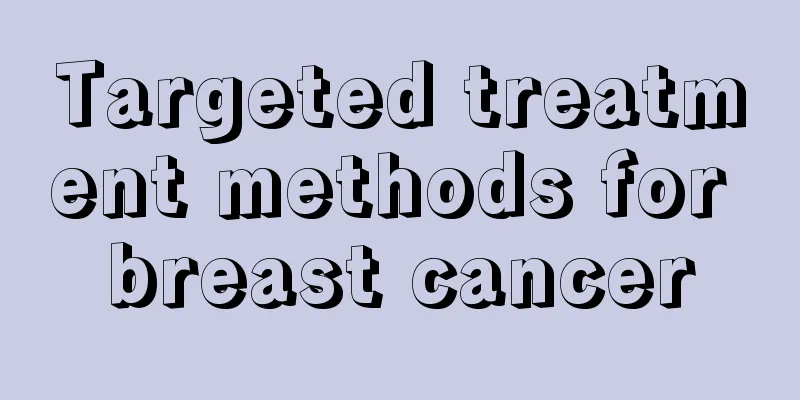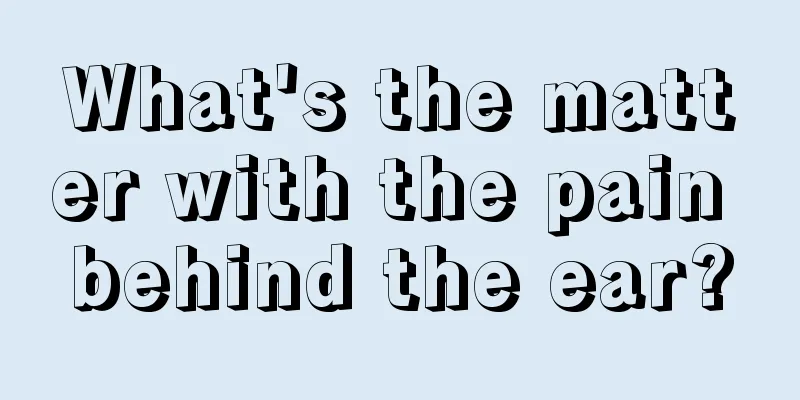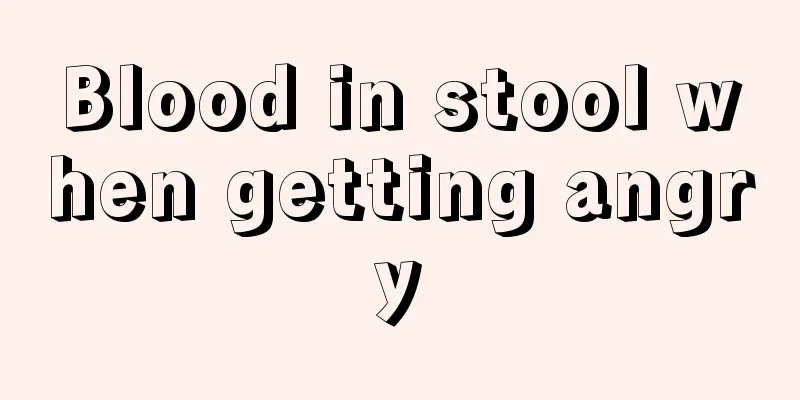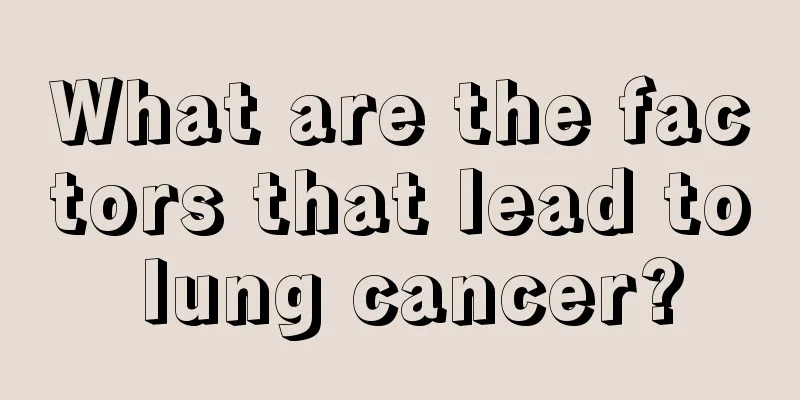Symptoms of lumbar disc herniation

|
This disease seems to be a more painful one in our opinion, because usually people who suffer from this disease should be older elderly people. Many people need to do some physical work when they are young, and sometimes they may sprain their waist or neck and shoulders if they are not careful. When they are older, they are likely to suffer from lumbar disc herniation. But now many young people are also suffering from this disease. Although young people nowadays do not need to do any heavy physical work, maintaining a posture for a long time will cause muscle strain, and over time they will suffer from a disease called herniated disc. The most obvious symptom of lumbar disc herniation is low back pain. Because the nerves between the lumbar vertebrae are compressed, pain will inevitably occur. It will also affect the lower limbs, causing numbness and pain in the lower limbs. In addition, there are some other symptoms. Let us take a look at the related symptoms. 1. Low back pain It is the first symptom that occurs in most patients, with an incidence of about 91%. Because the outer layer of the annulus fibrosus and the posterior longitudinal ligament are stimulated by the nucleus pulposus, induced pain in the lower back is produced through the vertebral nerve, sometimes accompanied by buttocks pain. 2. Radiating pain in the lower limbs Although high-level lumbar disc herniation (L2-3, L3-4) can cause femoral neuralgia, it is rare in clinical practice, accounting for less than 5%. The vast majority of patients have herniation between L4 and 5, or L5 and S1, and present with sciatica. Typical sciatica is pain that radiates from the lower back to the buttocks, back of the thigh, outer side of the calf to the foot. The pain is aggravated by increased abdominal pressure due to sneezing and coughing. The radiating pain is mostly on one side of the limbs, and only a very small number of patients with central or paracentral nucleus pulposus herniation show symptoms in both lower limbs. There are three causes of sciatica: ① The ruptured intervertebral disc produces chemical stimulation and autoimmune reactions, causing chemical inflammation of the nerve roots; ② The protruding nucleus pulposus compresses or stretches the inflamed nerve roots, blocking their venous return, further aggravating edema and increasing sensitivity to pain; ③ The compressed nerve roots are ischemic. The above three factors are interrelated and aggravate each other. 3. Cauda equina symptoms The nucleus pulposus protruding to the rear or the prolapsed and free intervertebral disc tissue compresses the cauda equina, which mainly manifests as difficulty in defecation and urination, and abnormal sensation in the perineum and perianal area. In severe cases, symptoms such as incontinence and incomplete paralysis of both lower limbs may occur, which are rare in clinical practice. The above are all symptoms of lumbar disc herniation. I believe some patients will have a deep understanding of this. Therefore, for our own bodies and health, we must take prevention in advance. Don’t think that you are fearless because you are young. You will regret it when you get old and have a lot of problems. So we can start now and start with small things. |
<<: What's wrong with my scalp pain
>>: What to do if there is a gap between teeth
Recommend
Is it normal for urine to be brown?
Urinating is a necessary physiological state for ...
Will you get arthritis if you keep cracking your fingers?
Many friends like to bend their fingers to make a...
I used to be very thin but now I am getting fatter and fatter
In modern society, everyone pursues thinness as b...
Nursing of laparoscopic gallbladder surgery
Laparoscopic cholecystectomy is a minimally invas...
Do I need to wear underwear when wearing a swimsuit
Some people who love swimming often discuss a top...
What targeted drugs should be taken for nasopharyngeal carcinoma
Nasopharyngeal carcinoma is one of the common mal...
At what age can a child walk normally
Every child is born with the same basic character...
Why is the black pupil of the eye not in the middle?
When the pupil is not in the center, it is genera...
Low-grade colorectal cancer is not easy to metastasize
The main reason why low-grade colorectal cancer i...
Experts will talk about common breast cancer examination methods
There are many ways to check for breast cancer, a...
How long to blanch squid in boiling water
Most people prefer to eat squid, and they will bl...
How long can you live after thyroid cancer surgery
For most friends who are diagnosed with thyroid c...
What are the sequelae of kidney cancer
Since many people do not realize the serious harm...
What to do if you have a low-grade fever, headache, dizziness, and weakness in your limbs
We humans all grew up eating grains, so getting s...
10 signs of pubic cancer
The treatment of pubic cancer needs to be formula...









